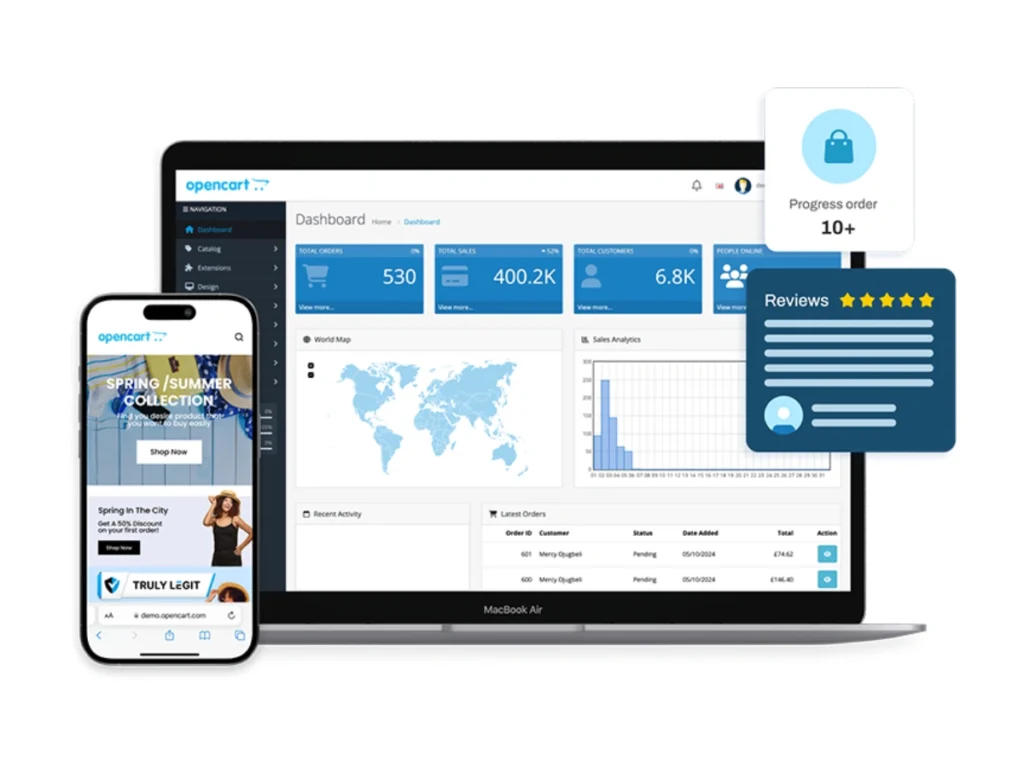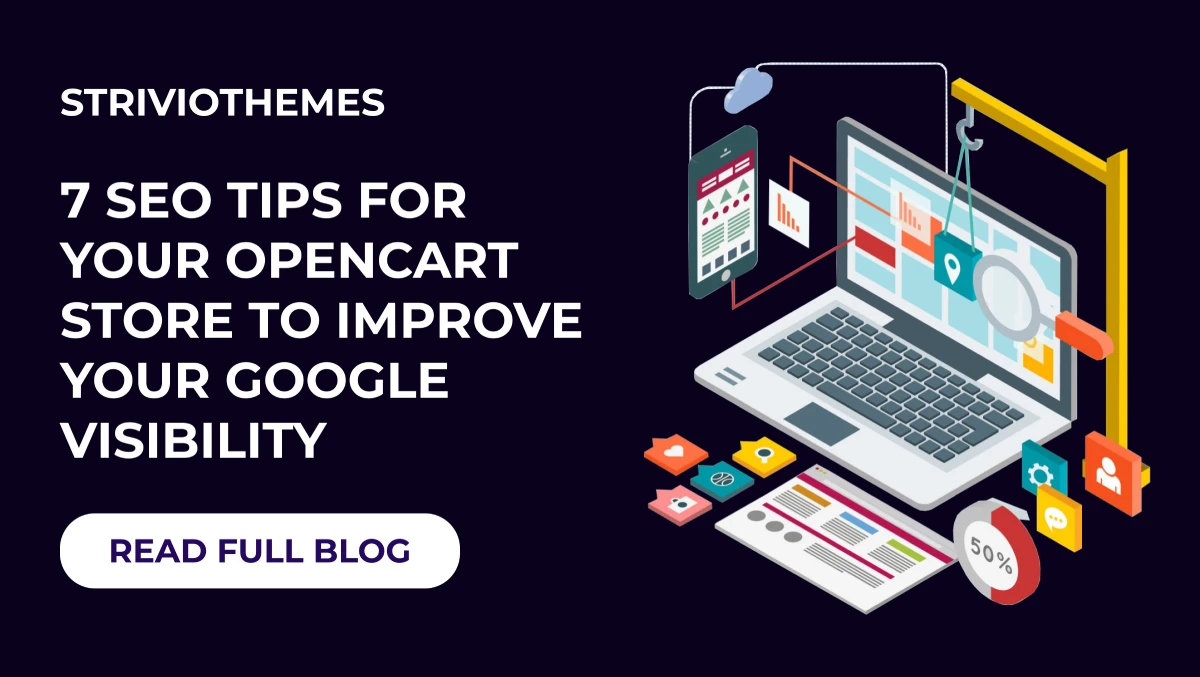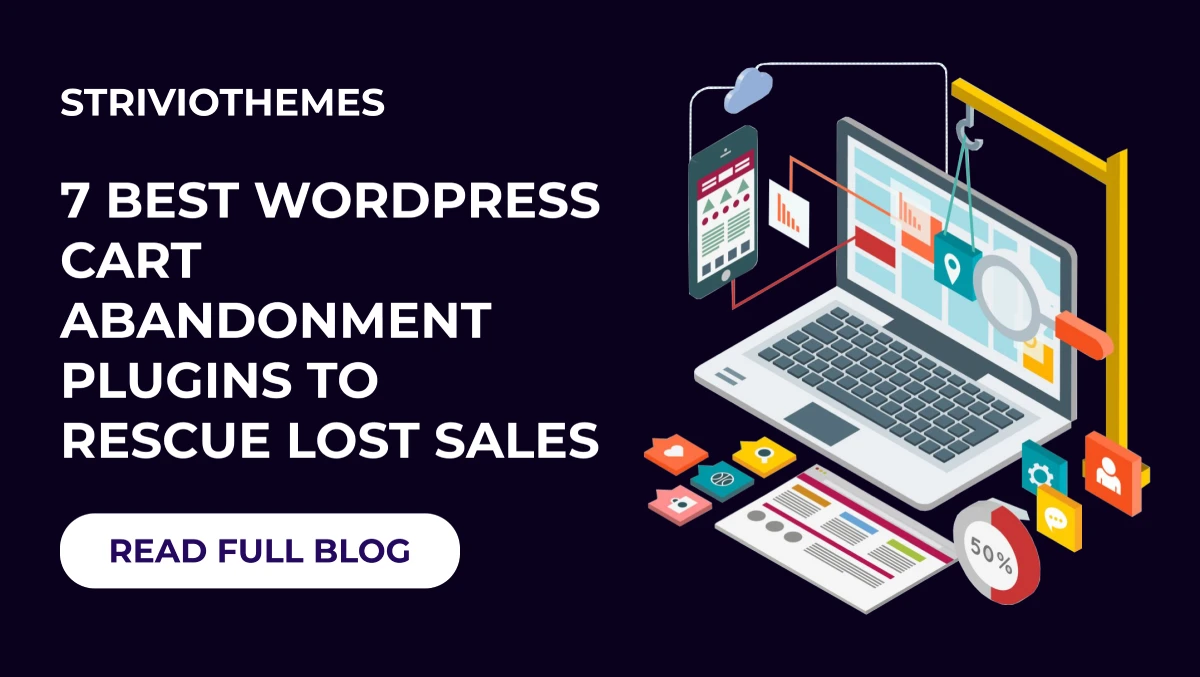So, you’ve set up your OpenCart store as a great choice. It’s lean, flexible, and doesn’t require a developer on speed dial every time you want to make a tweak. But now comes the hard part: getting people to find it.
If you’re hoping that good products alone will get you noticed on Google, you might be waiting a while. SEO, search engine optimization, is what puts your store in front of people who are actually searching for what you sell. And the good news? You don’t need to be an expert to get started.
Here’s how to make your OpenCart site rank better, convert more visitors, and feel like a well-oiled machine.
Table of Contents
7 SEO Tips for Your OpenCart Store

1. Start with the Basics: Clean URLs and Fast Pages
No one wants to click on something like:
yourstore.com/index.php?route=product/product&product_id=123
That looks messy and means nothing to your customers or Google. A better URL would be:
yourstore.com/blue-running-shoes
Log in to your OpenCart admin, turn on SEO-friendly URLs, and give each product and category a clean, readable address. While you’re at it, check your page speed: big images and bloated code slow things down, especially on mobile.
Tools like TinyPNG (for image compression) and Google’s PageSpeed Insights can help you see what’s dragging you down.
2. Write Titles and Descriptions for Real People
Your meta title and meta description are your first impression on Google. It’s the text that shows up in search results, so make it count.
Instead of stuffing keywords or copying and pasting across pages, write something compelling.
Example:
Title: “Eco-Friendly Yoga Mats – Free Delivery in USA”
Description: “Shop non-slip yoga mats made from natural rubber. Perfect for home workouts. Fast US shipping, easy returns.”
Be clear, be concise, and speak directly to your target customer. Avoid sounding robotic. You’re not trying to trick Google. You’re trying to connect with shoppers.
3. Make Mobile Your Priority
If your site isn’t mobile-friendly, you’re not just losing customers, you’re losing rankings. More than half of web traffic comes from phones these days.
Grab your mobile, load your store, and ask yourself:
- Are the fonts readable?
- Do the buttons work?
- Does it load quickly?
If anything’s off, fix it. Mobile-first indexing means Google looks at your mobile version before the desktop one.
4. Don’t Just Sell Educate
A product page is great, but it only captures people ready to buy. What about those still deciding?
That’s where helpful content comes in. Blog posts, buying guides, and how-tos give potential customers a reason to stick around and trust you.
Let’s say you sell outdoor gear. A post like “How to Choose the Right Hiking Boots for Trails” gives useful info and naturally points people toward your products.
You don’t need to post weekly; just focus on quality. Make it genuinely helpful and not just a thin excuse to rank for keywords.
5. Use Keywords Like a Human Would
Yes, keywords matter. But don’t stuff them in like it’s 2008-09. Use phrases people actually type into Google.
If you sell sports gear, phrases like “best sports gear under $300” or “sports gear for kids” are more realistic than just “sports gear.”
Tools like Ubersuggest, Ahrefs, or even Google autocomplete can help you figure out what your customers are looking for.
Then, naturally, sprinkle those phrases into product descriptions, blog posts, and category pages. Keep it smooth; write as you speak.
6. Backlinks Still Matter: Here’s How to Get Them
Backlinks (links from other sites to yours) are like online votes of confidence. The more relevant, high-quality sites that link to you, the more Google trusts you.
But here’s the thing: don’t buy them. That’s a shortcut that usually backfires.
Instead:
- Reach out to blogs or influencers in your niche and offer to contribute a guest post.
- Create content worth linking to (like detailed guides or comparison charts).
- List your store in niche directories or local business listings.
It’s a slow burn, but the payoff is real.
7. Track What’s Working and What’s Not
You don’t need to be a data nerd, but you do need to track the basics. Google Analytics and Google Search Console are free and powerful.
Look at:
- Where is your traffic coming from?
- Which pages do people leave quickly?
- What search terms are bringing people in?
This isn’t just for bragging rights. It shows you what content to double down on and what needs a rethink.
Final Thoughts
You don’t need to game the system. You just need a clean, fast site, real content that helps people, and a bit of consistency.
Remember: SEO is a long game. The small stuff, better URLs, honest descriptions, and faster pages add up over time.
And if you ever feel stuck or too busy? Get help. An SEO audit from someone who knows OpenCart can save you months of trial and error.
Just don’t ignore it. Your customers and Google are paying attention.






